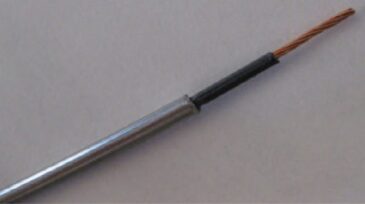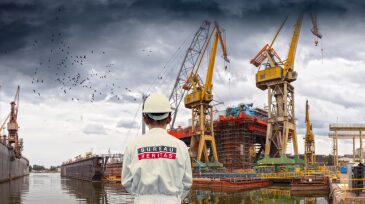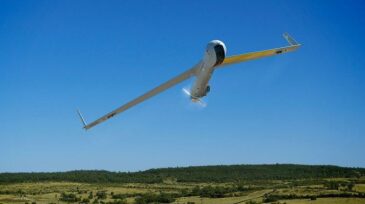Onshore/Offshore Facilities
Sponsored
Advance your career with the new Pipeline Engineering Program at the Technical University of Leoben, a 5-month course combining on-campus and online learning, integrating industry expertise, engineering practice, and future-ready skills for professionals in oil, gas, and emerging energy systems.
Plans call for license partner Aker BP to serve as operator during the development phase, with operatorship reverting to DNO after first oil in 2028.
Production from the Búzios field now tops 1 million B/D with six floating production systems in operation and more on the way.
-
An increasingly buzzy term tossed around at industry events, “digital twin” is leveraging data analytics, machine learning, and artificial intelligence to improve efficiencies from design to decommissioning.
-
When a new horizontal well in Asia was incapable of unassisted flow, coiled tubing (CT) was selected for the perforation and stimulation intervention. Mechanical isolation was required to ensure that the stimulation fluids entered only the new zones.
-
This paper presents work performed to characterize the probability of collapse as a function of reservoir-abandonment pressure using reliability-based design (RBD).
-
A probabilistic approach was introduced to improve interpretation of data from electromagnetic corrosion logs. This paper presents a statistical risk-based approach to predicting casing leaks using electromagnetic corrosion logs.
-
The objective of this study is to investigate comprehensively the effects of the expansion process on the pipe mechanical properties and collapse performance and to develop a reliable risk-based collapse-strength design for the expandables.
-
Wearable computers are turning heads in the oil and gas industry and appear to be on a trajectory for widespread adoption.
-
Bureau Veritas made available its guide to decommissioning regulations in the UK Continental Shelf.
-
Bureau Veritas made available its guide to decommissioning regulations in the UK continental shelf.
-
Cold finger tests are a standard method for testing paraffin inhibitors, but there is no standard testing protocol, and sometimes different labs can see inconsistent results. Shell and BHGE studied the root causes of these issues.
-
Ground sensors on assets over a broad area have limited returns on investment if the asset life cycle is less than 10 years, and obsolescence of the technology if it exceeds 10 years. Complementing sensors with aerial remote sensing at scale may help to mitigate these issues.












